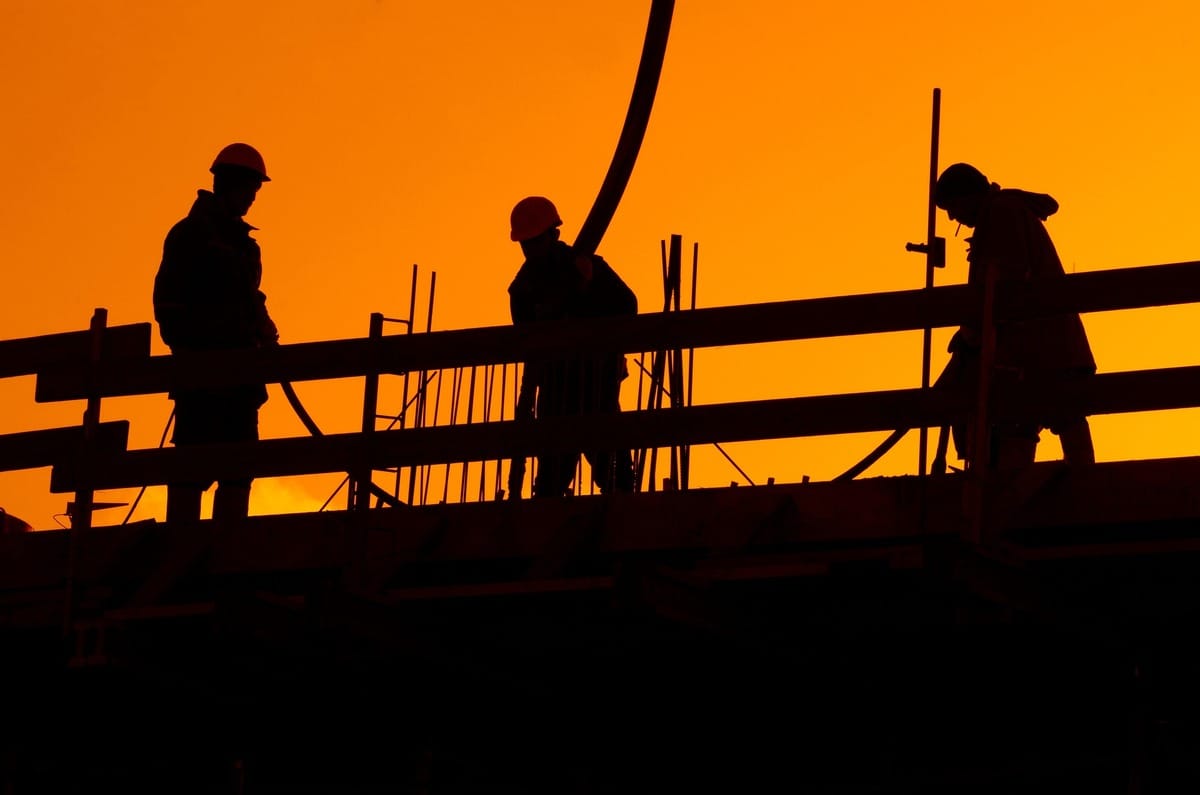- Full Brim Safety
- Posts
- Fall Protection Friday: Tie-Back & Pass-Through Anchors
Fall Protection Friday: Tie-Back & Pass-Through Anchors
Full Brim Safety: Build Smart, Build Safe

Fall Protection Friday: Tie-Back & Pass-Through Anchors
This Weeks Toolbox Talk Attached Below!
Welcome back, let's Build Smart & Build Safe! We’ve covered permanent and temporary anchors. Today, on Fall Protection Friday, we address specialized temporary connections and a common, deadly error: the "Wrap-Around" Mistake.
These specialized anchors offer flexibility, but they demand absolute adherence to manufacturer instructions.
1. Specialized Temporary Anchors
These devices are rated for 5,000 lbs. and provide simple, non-destructive connection methods:
Tie-Back Straps: These are heavy-duty, certified web or cable slings used to wrap around a suitable structural element (like a clean, smooth beam) and connect back to themselves. Your lanyard then connects to the dedicated D-ring on the strap. Crucial Safety Note: Always ensure the strap is wrapped smoothly and securely.
Pass-Through Anchors: These engineered systems utilize a webbing strap that allows the lifeline or lanyard to pass through a dedicated ring or loop. This minimizes the need to continuously disconnect and reconnect, allowing for continuous, 100% tie-off as the worker moves along a structural member.
2. The Deadly "Wrap-Around" Mistake
The most dangerous error involving temporary anchorage is trying to create a tie-back connection using a standard lanyard (especially one with a shock absorber).
The Error: A worker wraps their standard lanyard around a beam and clips the snap hook back onto the lanyard itself (the webbing).
The Danger: Standard lanyards are designed for linear, straight-pull force. When wrapped around a beam, the friction and sharp edge can severely damage the webbing during a fall. The snap hook, designed for a direct load, can be loaded in an unsafe direction (known as "gate loading"), causing it to fail or break, resulting in a free fall.
The Rule: If you are wrapping around a structural member, you must use a certified tie-back anchor strap or a specialized tie-back lanyard designed to handle the friction and load distribution. Never improvise with standard equipment.
Download Your Toolbox Talk Here!
Don't forget to sign your friends up for Full Brim Safety for your daily dose of construction safety tips!
-The Safety Man

